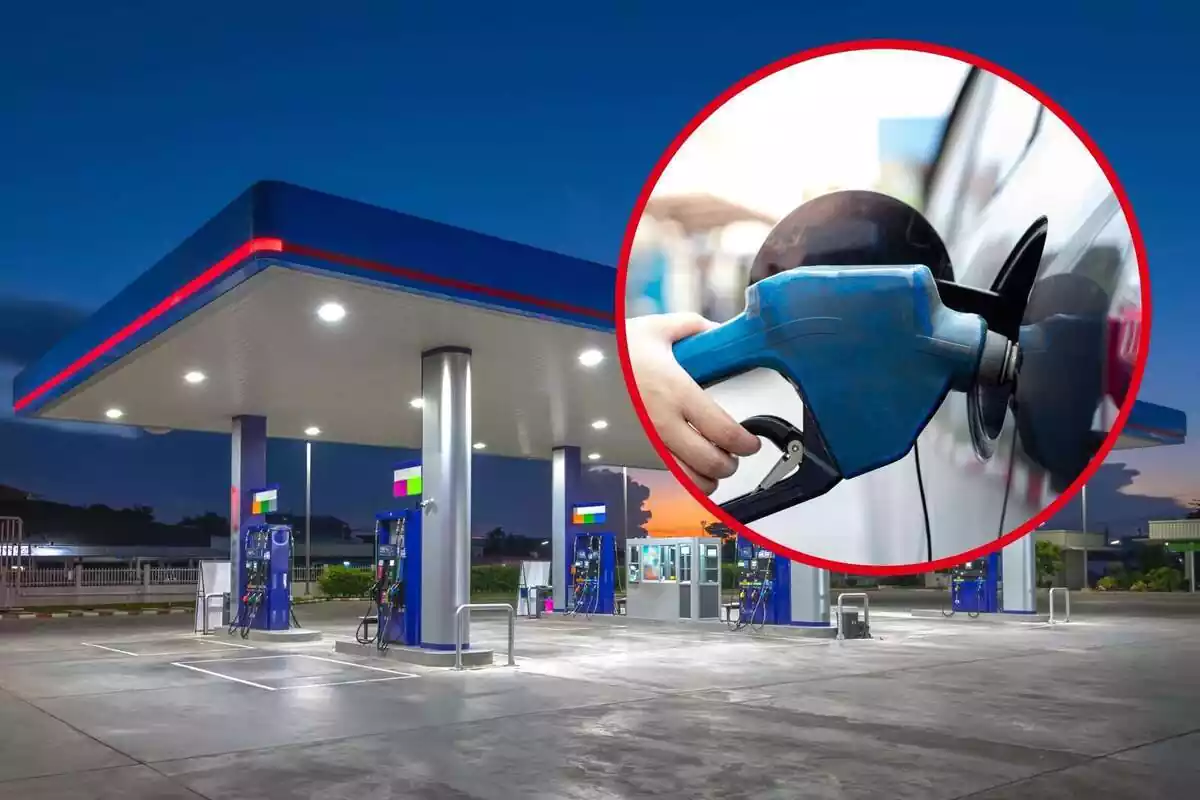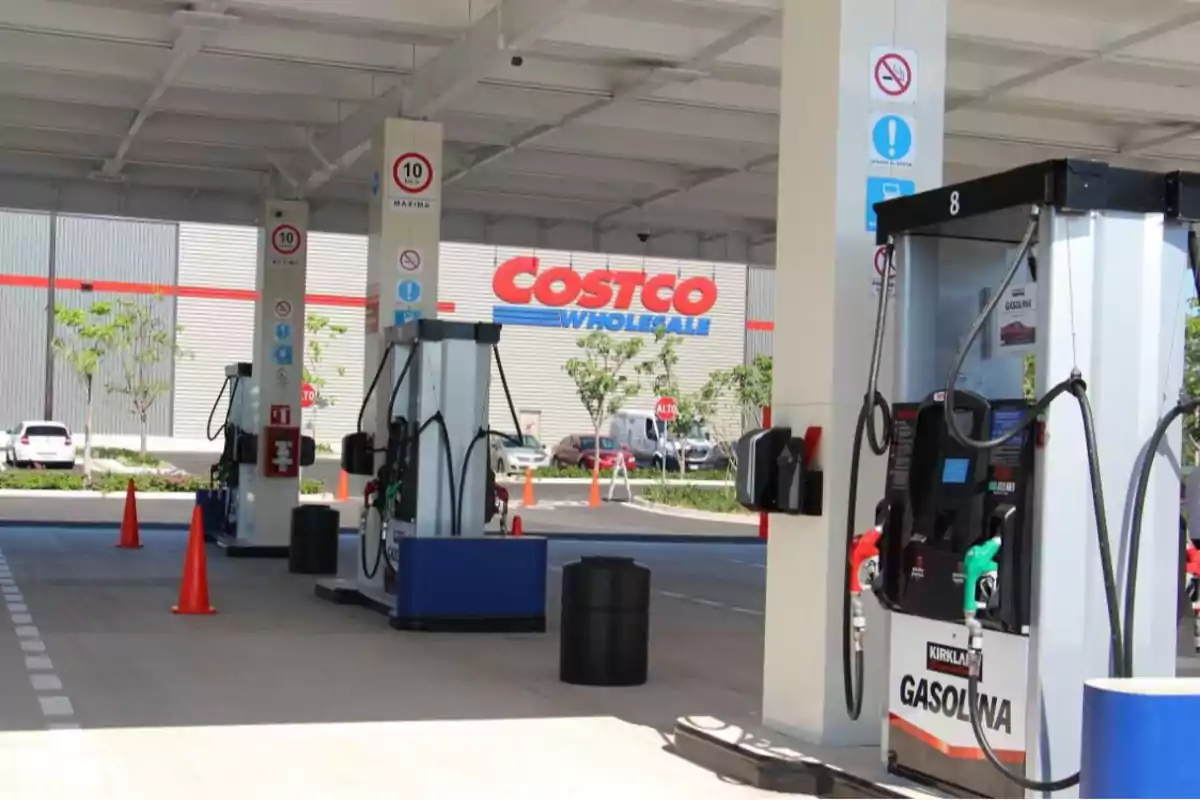Costco, the warehouse chain everyone knows, is changing its way of selling gasoline. The novelty: a completely independent service station, with no store or extra products. This may seem small, but it has a big impact for users and for the business.
A new concept: gas station without store
Until now, buying gasoline at Costco was just another part of the experience of visiting its large warehouse. You would go in, fill up your tank, and take the opportunity to buy food or products in bulk. But in Mission Viejo, California, the story will be different.
There, a Costco gas station will open that will have only that: gasoline. There won't be carts full of merchandise, snacks, or hot dogs.
Only pumps, forty to be exact, under a large roof that will cover an area as big as four basketball courts. The idea is simple but innovative: separate fuel from the warehouse and focus only on the fast and efficient sale of gasoline.

Why gasoline is so important for Costco
Gasoline isn't an extra for Costco; it's an essential part of its business. Since it started offering fuel in 1995, this area has grown to represent about 12% of its total revenue. To put it in perspective, that's about 30 billion dollars a year.
In addition, low fuel prices are a big draw for customers to keep their membership. Many users justify the annual fee just for the savings when filling up the tank. That's why extending hours and opening independent stations is a strategy to attract more drivers, increase sales, and reduce congestion in the warehouses.
The pilot project and how it will work
The new pilot model in Mission Viejo will be installed on land that was previously a Bed Bath & Beyond. The station will have three large underground tanks and will be able to serve up to 9,500 cars per day.

To avoid traffic problems, the gas station will have a single entrance and two exits, and will operate from 5 a.m. to 10 p.m., every day. The staff will be direct employees of Costco, not franchisees, thus ensuring total control of the service.
This station will free up space in the warehouse and attract drivers who previously just passed by, but now might stop just to fill up the tank.
Advantages, challenges, and what's next
This strategy offers fewer lines in stores, fast and cheap gasoline, and can expand to cities with expensive land and heavy traffic.
But there are also challenges. Profit margins on gasoline are low, about 10 cents per gallon, and relying too much on this can affect profits. In addition, neighbors fear more trucks with up to nine deliveries a day, although their movement will be limited during the day.

